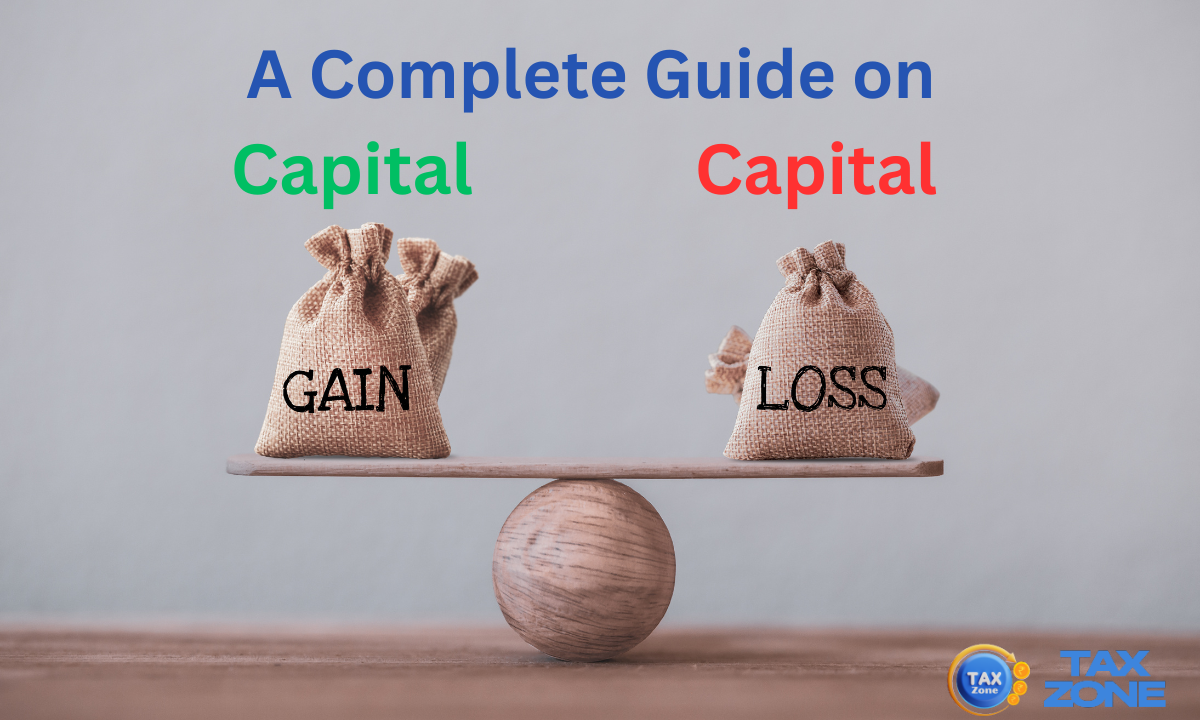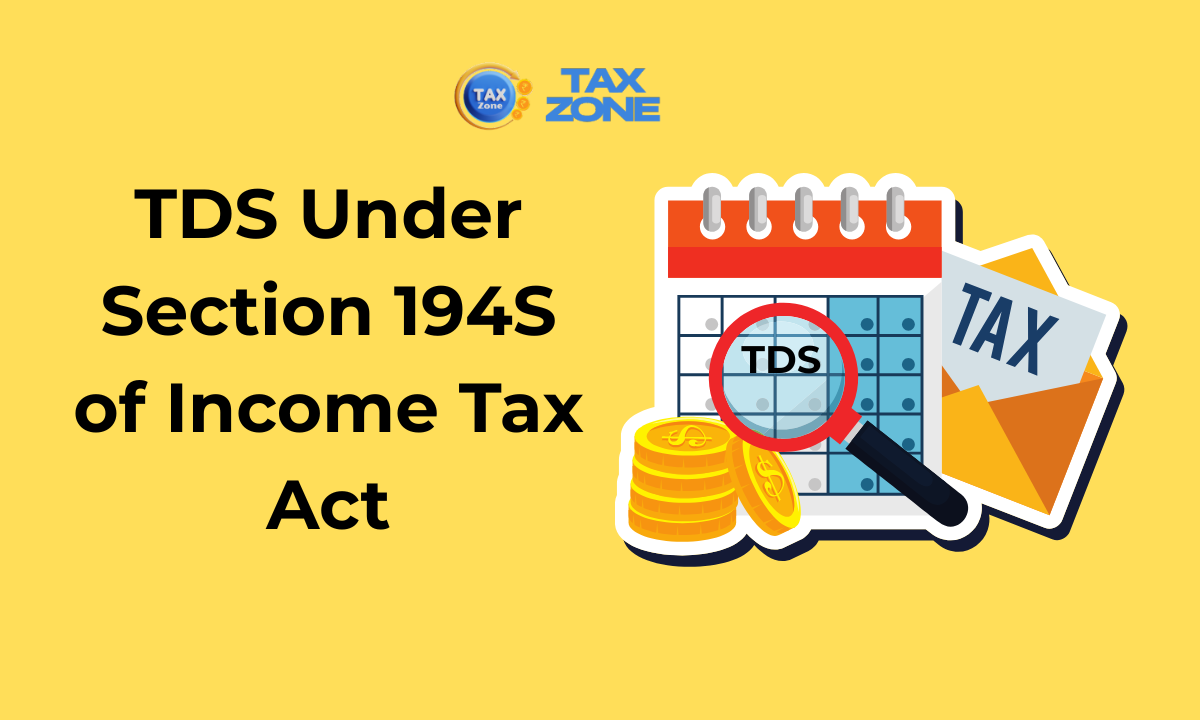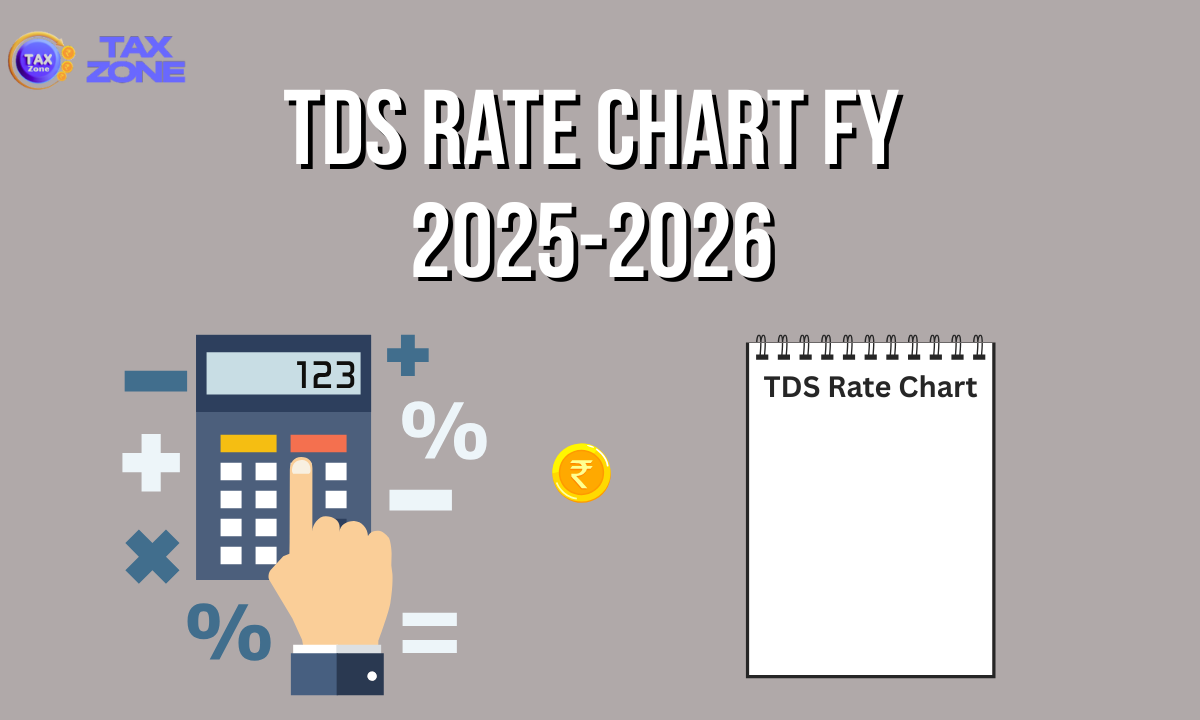Section 24(b) of the Income Tax Act deals with the deduction of interest paid on home loans for individuals. It is an essential provision for taxpayers, especially homeowners, as it allows them to claim deductions on the interest paid towards home loans, reducing their overall tax liability. Here’s a detailed explanation:
Key Features of Section 24(b):
- Deduction on Interest Paid on Home Loan:
- Section 24(b) provides a deduction on the interest paid on a home loan taken for purchasing, constructing, repairing, or reconstructing a property.
- Maximum Deduction Limit:
- Self-Occupied Property:
- The maximum deduction allowed under this section for a self-occupied property is ₹2,00,000.
- To claim this deduction, the construction or acquisition of the property should be completed within five years from the end of the financial year in which the loan was taken.
- If the construction or acquisition is delayed beyond five years, the deduction is reduced to ₹30,000.
- Let-Out or Deemed to be Let-Out Property:
- For a property that is rented out or deemed to be rented out (if you own more than one property and choose one as self-occupied), there is no upper limit on the deduction. You can claim the full amount of interest paid.
- Self-Occupied Property:
- Pre-Construction Interest:
- Interest paid on a home loan before the construction or acquisition of the property is completed is also eligible for deduction.
- However, this interest can only be claimed once the construction is complete.
- The total pre-construction interest can be claimed in five equal installments starting from the year of completion, subject to the overall limit of ₹2,00,000 for self-occupied property.
- Conditions for Claiming the Deduction:
- The loan must be taken for the purpose of:
- Purchase or construction of a property.
- Repair, renewal, or reconstruction of an existing property.
- For claiming the ₹2,00,000 limit, the construction or acquisition must be completed within five years.
- If the loan is for repair, renewal, or reconstruction, the maximum deduction allowed is ₹30,000.
- The loan must be taken for the purpose of:
- Points to Note:
- Joint Home Loan: If the home loan is taken jointly by two or more people, each person can claim a deduction of up to ₹2,00,000 individually, provided they are co-owners of the property and are paying the EMI.
- Interest Certificate: To claim the deduction, the taxpayer needs to obtain an interest certificate from the lender, specifying the interest paid during the financial year.
Example:
Suppose Mr. Sharma took a home loan of ₹30,00,000 in April 2019 at an interest rate of 8% for constructing his house. The construction was completed in March 2022, within the five-year period.
- During FY 2024-25, Mr. Sharma paid ₹2,40,000 as interest on the loan.
- Since the construction was completed within five years, and the property is self-occupied, Mr. Sharma is eligible to claim a deduction of ₹2,00,000 under Section 24(b).
- The remaining ₹40,000 interest cannot be claimed as it exceeds the limit for self-occupied properties.
Summary of Benefits:
- For self-occupied property, the maximum deduction is ₹2,00,000 if construction is completed within five years. Otherwise, it is ₹30,000.
- For let-out properties, there is no limit on the interest deduction.
- Pre-construction interest can be claimed in five equal installments after completion of the property.
- Joint owners can claim deductions individually, making it an attractive option for co-borrowers.
Importance of Section 24(b):
Section 24(b) helps taxpayers reduce their tax liability by allowing deductions on interest paid on home loans. It encourages homeownership and provides relief to individuals by allowing them to offset a significant portion of their home loan interest against their taxable income.






